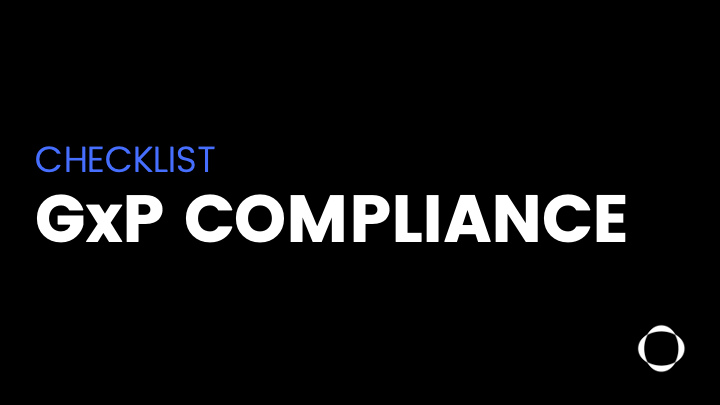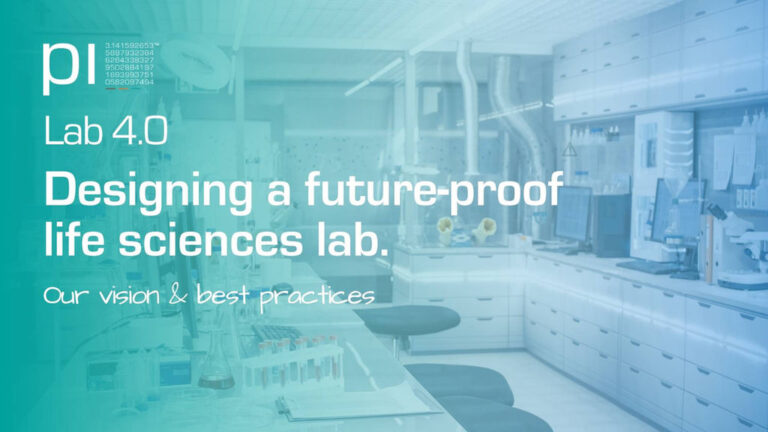Do you want to assess whether your organisation is meeting GxP requirements? Use the below checklist and find out whether GxP fundamentals are well-established in your business and where you can still improve.
If you need support, we look forward to getting in touch and finding out how we can assist in defining mitigating actions. Download our free GxP Compliance checklist as a PDF.
1. The team
Undeniably, the most crucial aspect of your organization. GxP compliance is utopic, unless you make sure that:
- A training plan and matrix is created, documented and available.
- Staff is trained and training is matched with their role, function and activities.
- Third parties with activities on site are properly informed, certified and trained for their function.
- Competences of staff is assessed and documented regularly.
- Training records are maintained and accessible.
- The organisational chart is up to date.
- A quality department is established within the business.
- There are no hurdles to raise concerns, issues and near incidents to the quality department, if needed.
2. Equipment in your facility
The state of all instruments, and quality of actions performed with them (producing, moving, storing, testing) is of paramount importance to ensure the quality and integrity of a patient’s product. To ensure the proper functioning of all equipment, make sure that:
- An inventory with all information (manual and instructions) is in place and accessible.
- Validation and qualification of your equipment is written down in a documented process.
- Limits and tolerances for the equipment are in place, agreed and standardised.
- A process for monitoring health continuously is established
- When equipment fails to meet expectations, a documented approach is set up to replace it.
- A schedule for calibration, verification and preventive maintenance is implemented and available.
- All required information (time, date, personnel identification, certificates of used tools or consumables) is logged when a calibration, verification or preventive maintenance event is performed.
- The records related to the calibration, verification and preventive maintenance of the equipment is securely stored and traceable.
3. Managing your documentation
A functional and performant document management system is crucial to meet the ALCOA GxP requirements. To ensure the proper functioning of your document management system, make sure that:
- A dedicated physical space or an electronic repository is created for storing all documents, live and archived.
- Access to that location is restricted to authorized personnel only.
- Authorized personnel is controlling, maintaining and monitoring this location.
- A control system for existing documentation has been established.
- When changes occur to a document, this is audit trailed and the superseded version of the document is replaced and archived.
- An SOP for review, retention, storage and archiving documents is in place, effective and available.
- Business data and related documentation can be stored securely, and this is documented in a policy or process.
- Business documentation can be electronically archived and backed-up.
4. Processes & Standard Operating Procedures
Good Practice comes from a team that understands what is expected. This starts with proper, accessible, standardised and documented processes and procedures. To get the most out of your processes and procedures, make sure that:
- There is a central listing of all effective SOPs.
- A Master SOP is overarching other SOPs to document how they are drafted, edited, reviewed, distributed, controlled, stored and archived.
- SOPs are available and accessible to the relevant businesses.
- There is a schedule in place to review SOPs so they remain relevant, compliant and up to date.
- A change control system is in place when amendments are needed.
- Deviations of an SOP are properly documented.
- CAPAs are fully documented.
5. The working place
Activities should be performed in a safe environment. To ensure proper Environment, Health and Safety (EHS) measures, make sure that:
- All spaces for working, storing documents and instruments are cleaned and maintained properly.
- Environmental controls are operational and regularly reviewed.
- Personal Protective Equipment is available and matching the activities to be performed.
- SOP’s concerning the cleaning, maintenance, sanitation and waste management are available and accessible.
6. information security and validation
Establishing a suited and safe digital space is critical for a modern company. To ensure this, make sure that:
- Computer Systems are password-protected, and access is linked to individual log ins.
- Your information security policy is effective and readily available.
- All changes to computer systems, included maintenance and repairs, are documented.
- A business continuity plan is in place for in case computerised systems are unavailable.
- Back-ups are scheduled to prevent loss of data.
- Software used in the company is validated if it automates or manages operations.
Pi life sciences delivers staffing, projects and training from R&D to commercialization. Make use of our inhouse expertise and workforce to meet project goals, guarantee continuity, and constantly improve.




